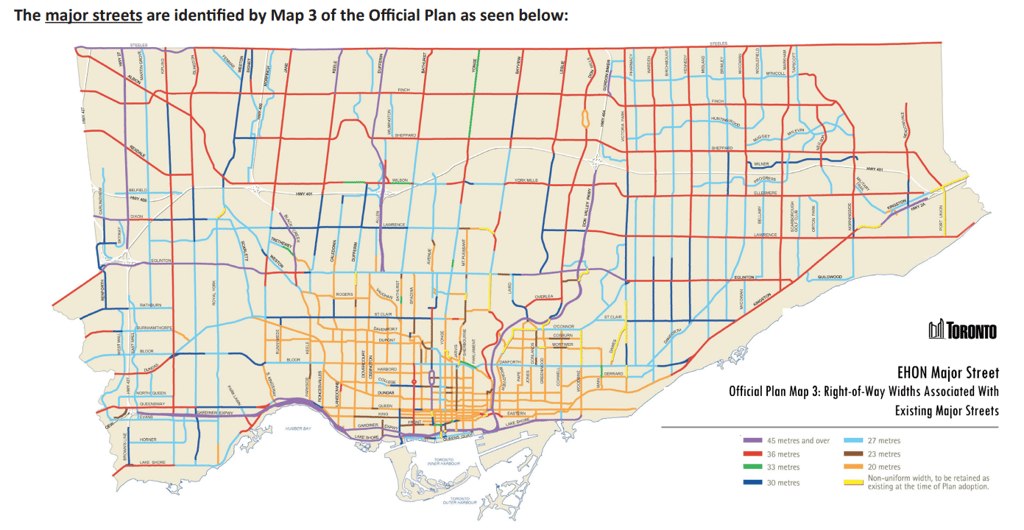Toronto City Council Votes to Allow Six-Story Residential Buildings on Major Streets
Toronto City Council's new policy allowing six-story, 60-unit residential buildings on major streets aims to address the housing crisis by increasing supply and affordability, while developers like Portico Residential Corporation welcome the change and seek partnerships to build vibrant communities.
ARCHITECTUREREAL ESTATE DEVELOPMENTMISSING MIDDLEHOUSING CRISIS
Gobind Ahuja
5/27/20244 min read
Key Aspects of the Policy Change
The newly approved policy, part of Toronto’s ongoing efforts to increase housing supply and improve affordability, focuses on several key elements:


Introduction
In a significant policy shift aimed at addressing Toronto's housing crisis, the City Council has approved a new regulation permitting the construction of up to six-story, 60-unit residential apartment buildings on major streets across the city. This decision marks a departure from previous zoning laws that were more restrictive in terms of building heights and densities, particularly in residential neighborhoods.
(1) Building Height and Density: Developers are now allowed to construct buildings up to six stories tall with a maximum of 60 residential units. This applies specifically to major streets, which are typically well-served by public transit and have existing infrastructure capable of supporting higher population densities.
(2) Streamlined Approval Process: To encourage rapid development, the city has committed to streamlining the approval process for these projects. This includes reducing bureaucratic red tape and expediting permit approvals.
(3) Mixed-Use Development: The policy also encourages mixed-use development, meaning that these new buildings can include commercial spaces on the ground floor, thereby enhancing neighborhood amenities and economic activity.
Increase Housing Supply: The addition of six-story buildings with up to 60 units each is expected to significantly increase the number of available homes in the city. This increased supply could help moderate housing prices over time.
Enhance Affordability: More housing units in desirable areas, particularly near transit and other amenities, could help reduce rental and purchase prices by increasing competition and providing more options for residents.
Implications for Housing Supply and Affordability
Toronto, like many other major cities, has been grappling with a housing affordability crisis. The high cost of living and limited housing stock have made it difficult for many residents to find affordable housing options. By allowing higher-density residential buildings on major streets, the city aims to:
Financial Viability for Developers
The financial viability of constructing six-story residential buildings is a crucial consideration for developers. Several factors suggest that this policy change could enhance the attractiveness of such projects:
(1) Economies of Scale: Mid-rise buildings, like the six-story structures now permitted, often strike a balance between high-rise towers and low-rise housing in terms of construction costs. Developers can achieve economies of scale that make these projects financially feasible while also meeting market demand.
(2) Location Advantage: Major streets are typically more desirable locations due to their proximity to public transit, commercial areas, and other amenities. This location advantage can justify higher rental and sale prices, improving the financial returns for developers.
(3) Reduced Development Costs: By streamlining the approval process and reducing bureaucratic hurdles, the city lowers the costs and risks associated with delays. This predictability can make mid-rise developments more attractive to investors and developers.
(4) Market Demand: There is a growing market demand for mid-rise housing in urban areas. These buildings can offer a more affordable alternative to high-rise condos while still providing the urban lifestyle that many residents seek.
Challenges and Considerations
Despite the potential benefits, there are challenges that the city and developers will need to address:
Infrastructure and Services: Increased density will require upgrades to existing infrastructure and services, such as schools, parks, and utilities, to accommodate a larger population.
Community Opposition: Some neighborhoods may resist higher-density developments due to concerns about traffic congestion, changes in neighborhood character, and strain on local services.
Sustainable Development: Ensuring that new buildings meet sustainability standards and contribute to environmental goals will be crucial. This includes considerations for energy efficiency, green spaces, and public transportation integration.
Financial Viability: While the policy aims to make mid-rise developments more attractive, the financial viability of these projects remains a challenge. High land costs, construction expenses, and market uncertainties can deter developers. Greater government incentives, such as the recently announced HST rebate on purpose-built rentals, are crucial. These incentives can help bridge the financial gap, making it more feasible for developers to invest in these mid-rise projects and deliver affordable housing solutions.
Portico Residential Corporation's Response
Portico Residential Corporation, a market leader in Missing Middle developments, enthusiastically welcomes this new policy announcement. We believe this policy will greatly support our mission to deliver diverse, high-quality housing that reflects the character of Toronto's neighbourhoods.
City council's decision to allow six-story, 60-unit residential buildings on major streets represents a proactive step towards addressing the city's housing crisis by boosting housing supply, enhancing affordability, and making better use of existing infrastructure. We specifically applaud Councilor Brad Bradford's outstanding leadership and advocacy on this important cause.
The policy provides a framework that further supports the financial viability of mid-rise projects, potentially leading to a surge in new construction that could benefit the city’s residents and economy alike. However, careful planning, continued community engagement, and additional government incentives will be essential to ensure that these developments break ground, meet the needs of all stakeholders and contribute positively to Toronto's urban landscape.
At Portico, we specialize in creating vibrant, inclusive communities where everyone can thrive. We encourage our readers to sign up for our newsletter or get in touch with us to learn more about our innovative process for developing Missing Middle communities. Additionally, we invite residential landowners and real estate developers to contact us to discuss future development opportunities and partnerships. Together, we can transform Toronto's urban landscape and meet the housing needs of our growing city.
Portico Residential Corporation, powered by ModLab Inc.
© 2024 Portico Residential Corporation. All rights reserved.


Privacy Policy | Terms & Conditions
Never miss a beat.
Get our PostScript journal delivered straight to your inbox.